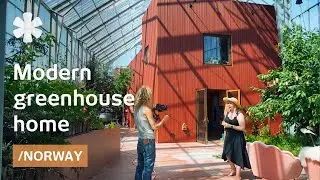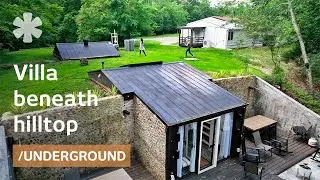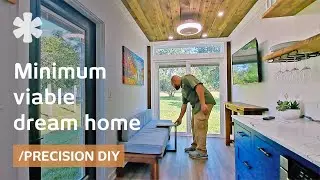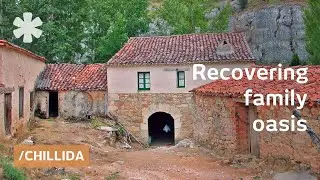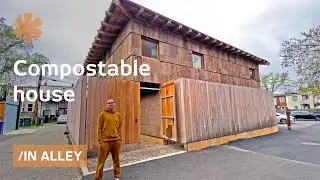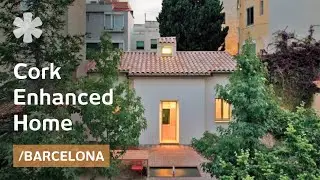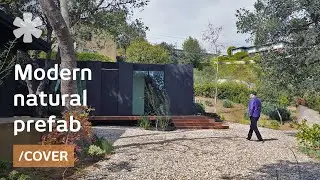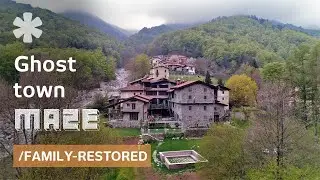What can be learned from a 17th century American town
In Plymouth, Massachusetts- site of the colony built by the Mayflower passengers - Matteo Brault spends his days living a 17th-century life, along with dozens of other re-enactors on the modern-day Plimoth Plantation.
Brault works full-time as a 17th-century style blacksmith, using traditional tools like a grindstone, hand-made nails, and large bellows for making the fire hot enough for forging iron and steel. He also helps build traditional shelters.
The simplest homes in town were built using crotchets- natural forks in trees- as support for the ridgepole of the roof. The walls are built up with “wattle”- small sticks for the lattice structure- and “daub”- a mortar of clay, earth, and grasses. Instead of using the traditional English lime wash to protect the walls, the colonists took advantage of the plentiful wood in America and created clapboard siding by cleaving wood into thin boards.
For the thatch roofs, large bundles of water reed or wheat straw are woven with a giant needle by two people working in tandem (one outside and one inside). “It’s like a giant quilt made of grass,” explains Brault, “which makes a water-tight roof that essentially acts as a giant sponge. It absorbs water and laps it off.”
The Plimoth Plantation is open to visitors from March through November. The site also has a native Wampanoag homesite (we will tour in a separate video).
http://www.plimoth.org/what-see-do/17...
On *faircompanies: https://faircompanies.com/videos/simp...
Смотрите видео What can be learned from a 17th century American town онлайн, длительностью часов минут секунд в хорошем качестве, которое загружено на канал Kirsten Dirksen 31 Май 2015. Делитесь ссылкой на видео в социальных сетях, чтобы ваши подписчики и друзья так же посмотрели это видео. Данный видеоклип посмотрели 778,537 раз и оно понравилось 13 тысяч посетителям.










